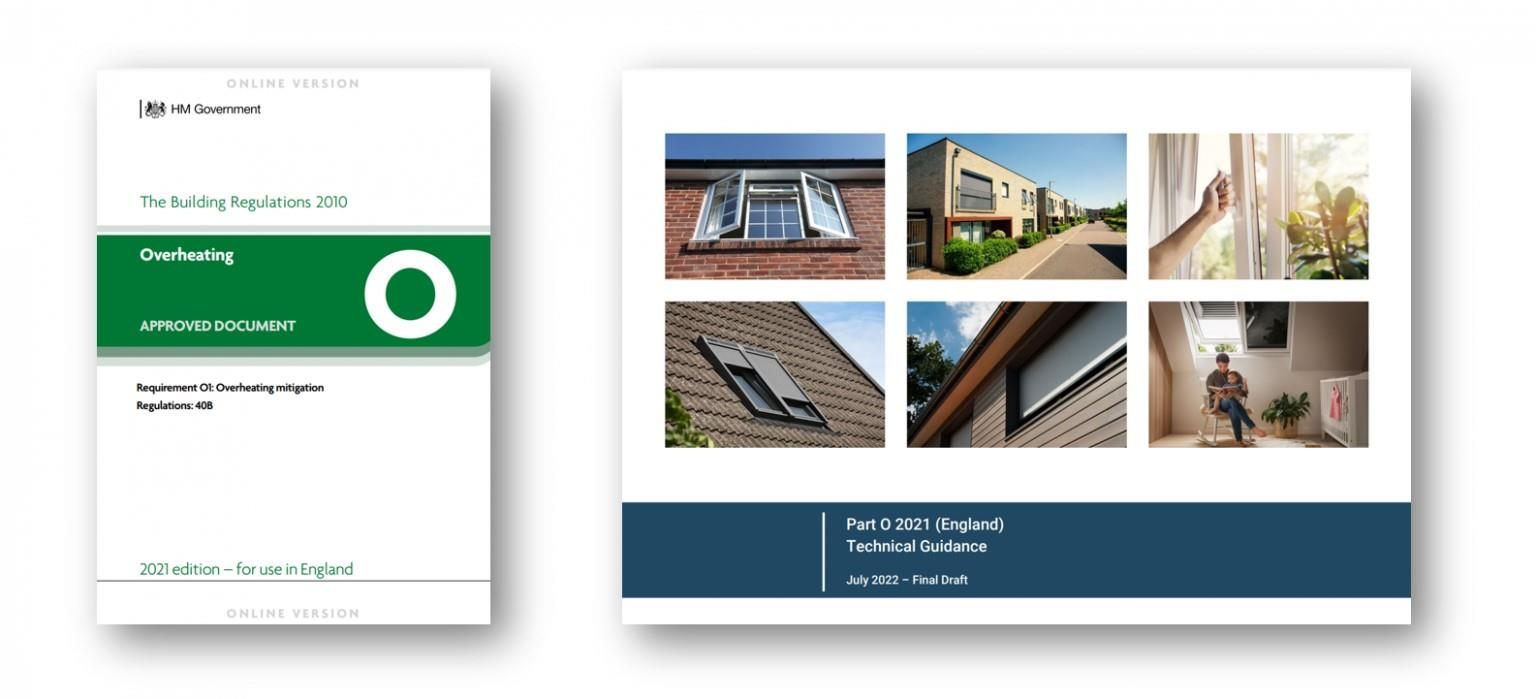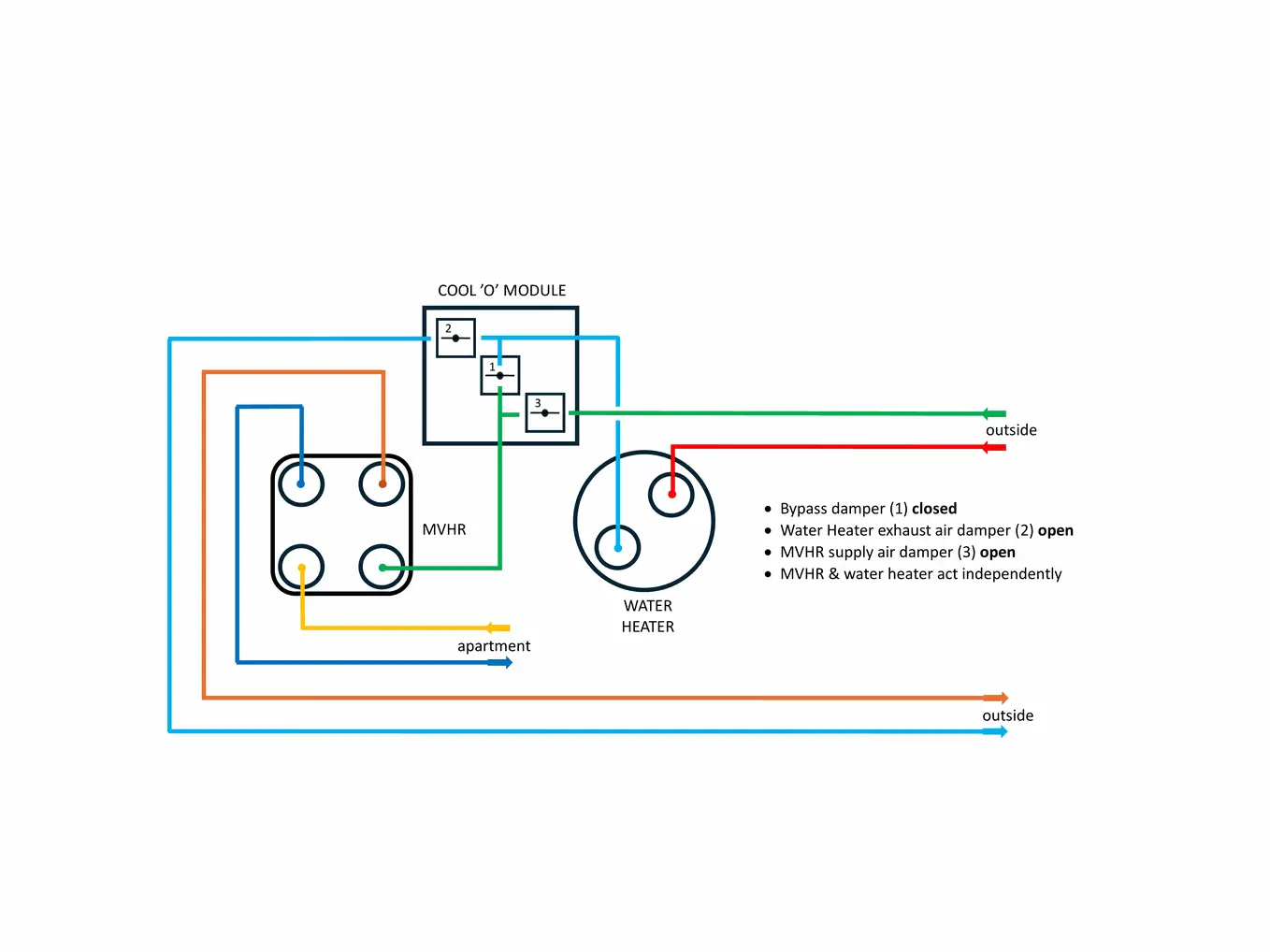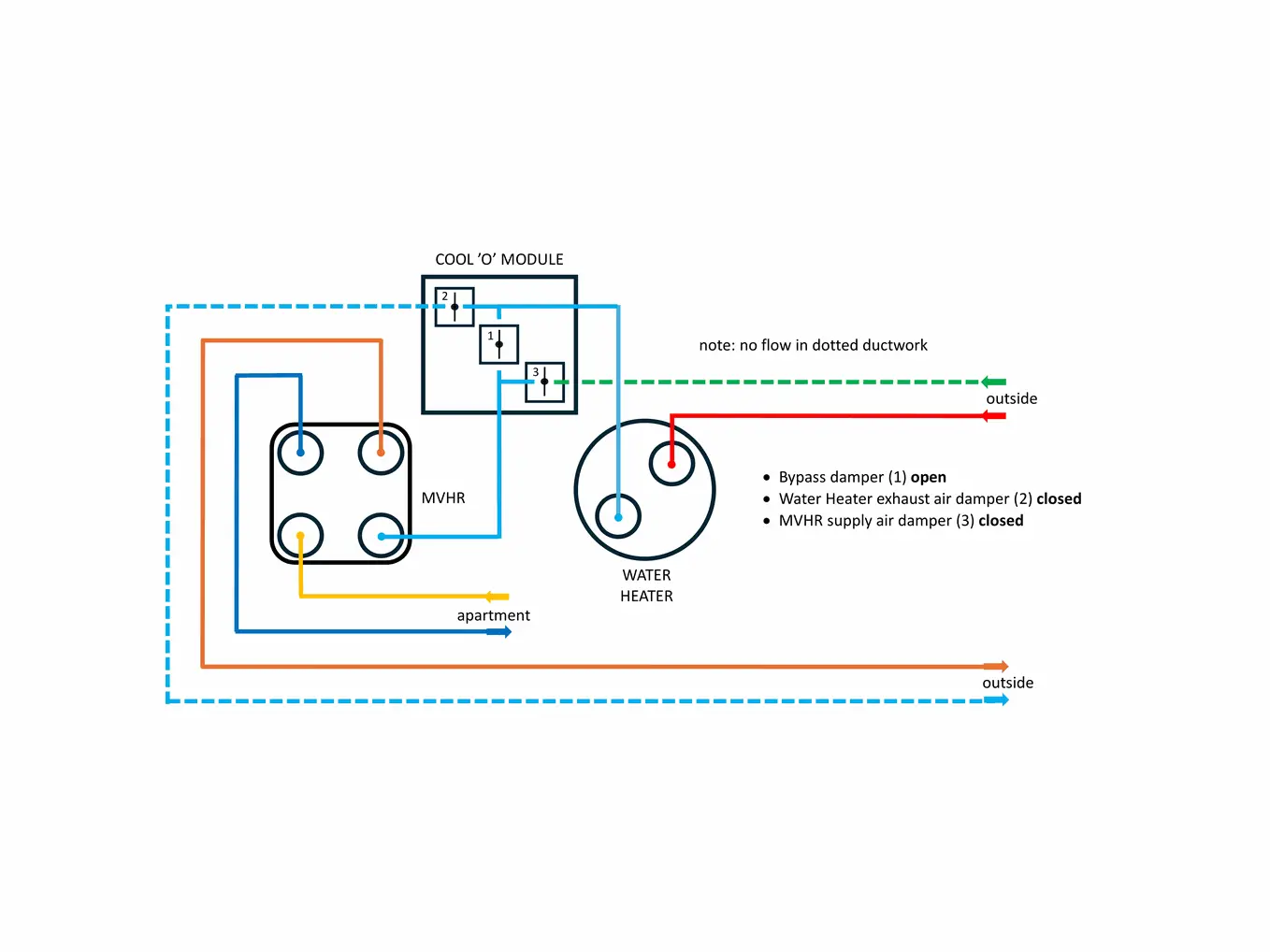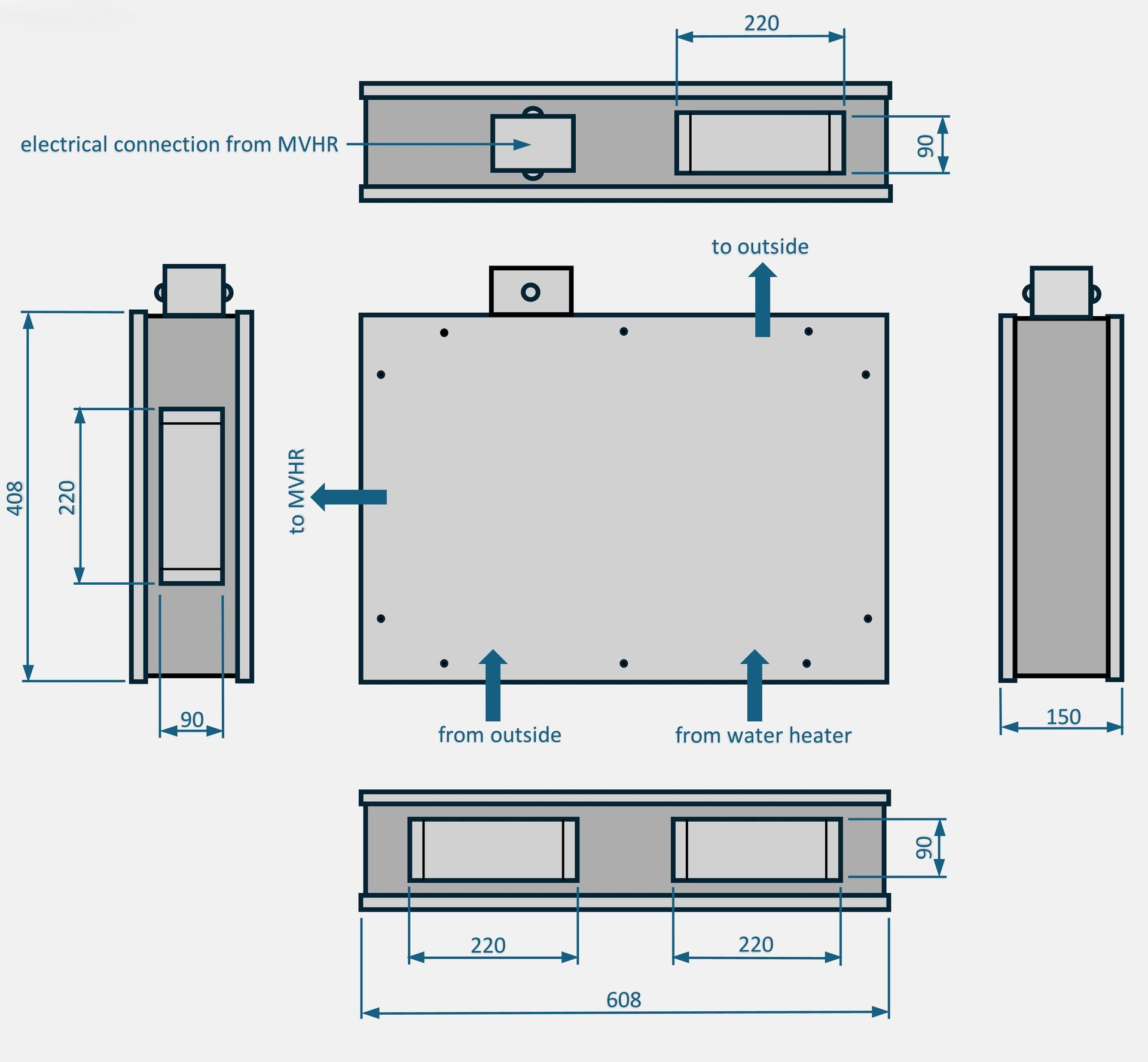What is TM59?
Introduced in June 2022, the new approved document Part O has become a fundamental part of the Building Regulations for new domestic residential properties. There are two ways to meet compliance:
- Simplified Method (see Building Regulations)
- TM59 Dynamic Thermal Modelling
A TM59 calculation is generally carried out when compliance cannot be met via the simplified method. It is a much more detail ed calculation that can allow for design flexibility.
For naturally ventilated dwellings, compliance is based on two main criteria:
- For living rooms, kitchens and bedrooms the number of hours during which the ΔT is greater than or equal to 1°C, during the period May to September inclusive, shall not be more than 3% of occupied annual hours.
- For bedrooms only the operative temperature in the bedroom, between 10pm and 7am , shall not exceed 26°C for more than 1% occupied annual hours.
The criteria for predominately mechanically ventilated dwellings are as follows:
- For homes with restricted window openings, the fixed temperature test must be followed – i.e., all occupied rooms should not exceed an operative temperature of 26°C for more than 3% of occupied annual hours.
- Communal corridors should be included within the analysis, however, there is no mandatory target to meet. If an operative temperature in these areas of 28°C is exceeded for more than 3% of the total occupied annual hours, this will be flagged as a significant risk within the report.
Note: For further information and key points to consider, the Building Regulations should be consulted.

The COOL ’O’ Solution!
Neztia’s COOL ’O’ Module is designed to overcome apartment overheating issues in mechanically ventilated dwellings where MVHR units and Exhaust Air Heat Pump Domestic Hot Water Heaters are installed.
MVHR units can pose an issue during the months where the outside air temperature is higher than that of the room temperature in that, through the supply of fresh air to the apartments during these hotter months, they can contribute to apartment overheating. This can be overcome and TM59 be met where the MVHR and Water Heater ductwork is combined and the COOL ’O’ be installed between as the interface.
Inherently Heat Pump Water Heaters extract energy from the supply air, through the refrigeration cycle, and expend that into the integrated hot water cylinder to provide domestic hot water. The resultant is that the exhaust air temperature is considerably cooler than the ambient air temperature and it is this that we use to prevent overheating by diverting this to the MVHR unit when it is required.
As the output of the heat pump within Heat Pump Water Heaters is relatively low, re-heat times for domestic hot water can be lengthy but this works in favour by giving a larger window of opportunity to take advantage of the cooling that the water heater can provide…..which is effectively free!



